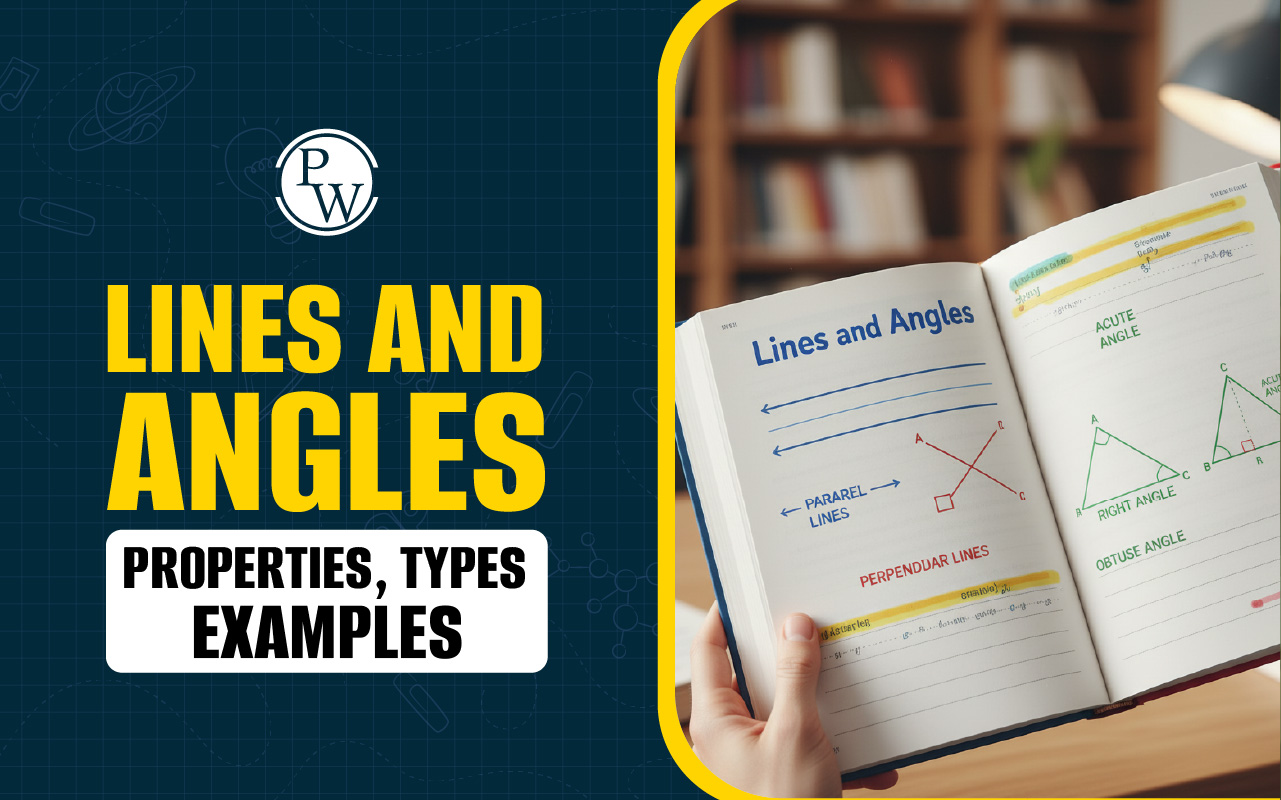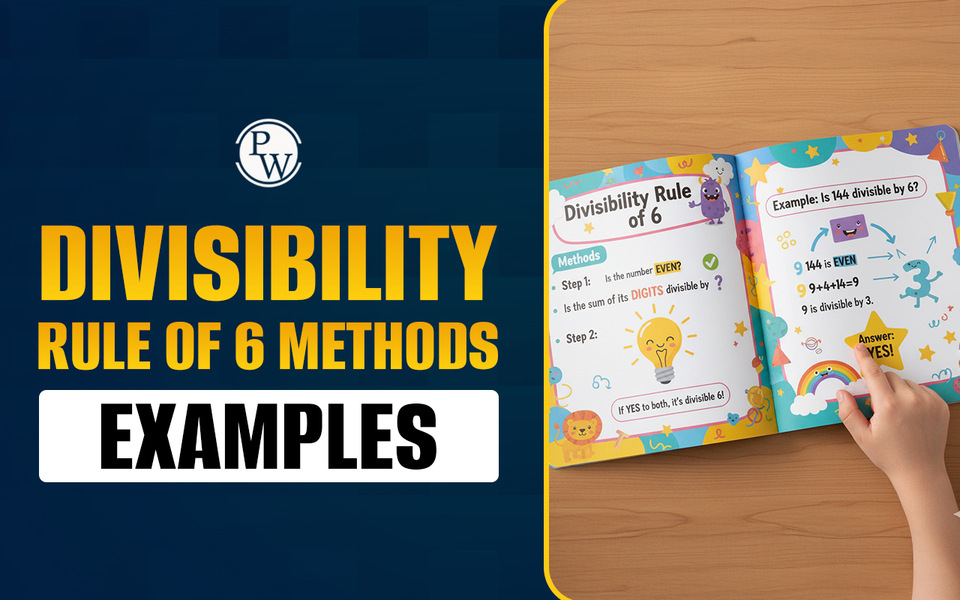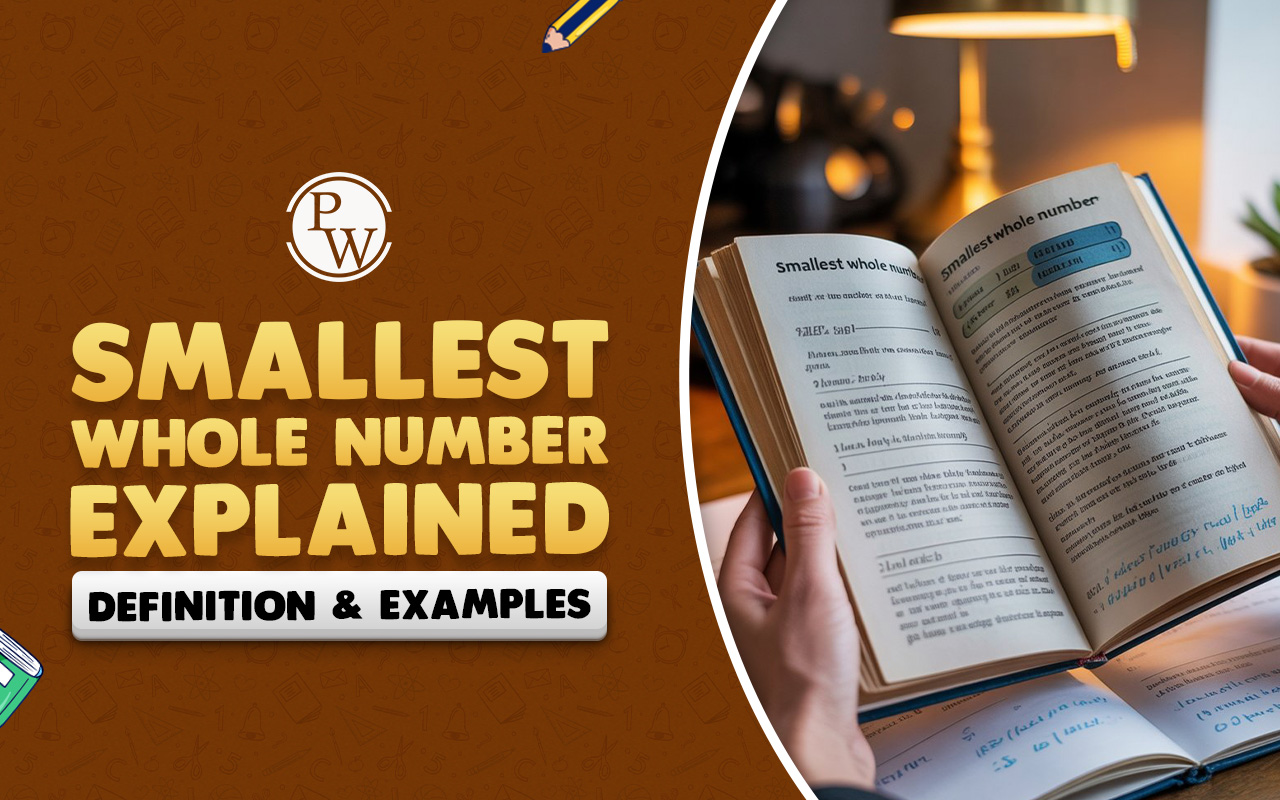
Surface area of a cone refers to the total area that covers the outer surface of the cone. A cone consists of two main parts: the curved surface and the base.
The base is a circle, and the curved surface wraps around the base. The surface area of a cone can be calculated by adding the area of the base (a circle) and the area of the curved surface (a sector). The total surface area of cone is important in real-world applications like packaging, construction, and design, as it helps in determining the amount of material required to cover a cone-shaped object. The formula for the surface area combines the radius of the base and the slant height, providing a simple yet effective way to calculate the total area of a cone.What is Surface Area of a Cone?
The surface area of cone refers to the total area that covers the outer surface of the cone, which includes both the curved surface and the flat circular base. It is the sum of the curved surface area (CSA), which is the area of the cone's slanted side, and the base area, which is the area of the circular base. The formula for calculating the total surface area (TSA) of a cone is:TSA=𝜋𝑟(𝑙+𝑟)
Where:- 𝑟 is the radius of the base of the cone.
- 𝑙 is the slant height of the cone.
Also Check: Area of Rectangle
Surface Area of Cone Formula
The surface area of a cone refers to the total area that covers the outer surface of the cone, including both the curved surface and the circular base. The height of a cone, often denoted by ℎ , is the perpendicular distance from the apex (top point) to the center of the base. Formula for Surface Area of a Cone The total surface area (TSA) of a cone is given by the formula:TSA=𝜋𝑟(𝑙+𝑟)
Where : 𝑟 is the radius of the base of the cone, 𝑙 is the slant height of the cone. Curved Surface Area (CSA) of a Cone The curved surface area (CSA) of the cone, which refers to just the slanted area of the cone (excluding the base), is:CSA=𝜋𝑟𝑙
Where:- 𝑟 is the radius of the base,
- 𝑙 is the slant height of the cone.
- Relationship Between Height and Slant Height
𝑙 is: 𝑙=𝑟2+ℎ2
Where : 𝑟 is the radius of the base, ℎ is the height of the cone, 𝑙 is the slant height.Example Calculation
Let's say you have a cone with: Radius 𝑟=4 cm, Height ℎ= 3cm. First, calculate the slant height 𝑙:𝑙=𝑟2+ℎ 2=42+32=16+9=25=5cm l=r2+h2=4 2+3 2=16+9=25=5 cm Then, calculate the curved surface area (CSA):CSA=𝜋𝑟𝑙=𝜋×4×5=20𝜋≈62.83cm2
To find the total surface area (TSA), use the formula:TSA=𝜋𝑟(𝑙+𝑟)=𝜋×4×(5+4)=𝜋×4×9=36𝜋≈113.10cm2
Thus, the total surface area of the cone is approximately 113.10 cm².Also Check: Simple Interest
Curved Surface Area of Cone
Like other three-dimensional shapes, a cone has both flat and curved surfaces. The curved surface area (CSA) of a cone refers to the part of the cone excluding the circular flat base. To calculate the curved surface area of cone, we multiply the radius and slant height of the cone by pi (π). This is also known as the lateral surface area of a cone. The curved surface area of a cone can be derived by calculating the area of the sector. The formula for the area of a sector using the length of the arc is:Area of the sector = (Arc length × radius) / 2 = ((2πr) × l) / 2 = πrl
Thus, the curved surface area of a cone is given by the formula S = πrl, where 'r' is the radius and 'l' is the slant height.| Surface Area Type | Formula | Units |
| Curved Surface Area (S) | πr√(r2 + h2) | square units |
| Total Surface Area (T) | πr2 + πr√(r2 + h2) | square unit |
Derivation of the Surface Area of Cone
Curved Surface Area (CSA): The curved surface area of a cone can be derived by imagining a cone as a sector of a circle. If we were to "unwrap" the cone, it would form a sector, with the radius of the sector being the slant height (l) of the cone and the arc length of the sector being the circumference of the cone's base. The circumference of the base of the cone is 2𝜋𝑟, where 𝑟 is the radius of the base The slant height of the cone is 𝑙. The formula for the area of a sector of a circle is:Area of sector= 21×arc length×radius of sector
In this case, the arc length of the sector is the circumference of the cone's base, i.e., 2𝜋𝑟, and the radius of the sector is the slant height 𝑙. Therefore, the curved surface area (CSA) of the cone is:CSA=𝜋𝑟𝑙
- Area of the Base : The base of the cone is a circle, and the area of a circle is given by:
Area of the base=𝜋𝑟2
- Total Surface Area : The total surface area (TSA) of the cone is the sum of the curved surface area and the area of the base:
TSA=CSA+Area of the base
Substituting the formulas for CSA and the area of the base: TSA=𝜋𝑟𝑙+𝜋𝑟2 This simplifies to: TSA=𝜋𝑟(𝑙+𝑟) Thus, the total surface area of a cone is: TSA=𝜋𝑟(𝑙+𝑟)Also Check: Diameter of a Circle
Where :- 𝑟 is the radius of the base of the cone,
- 𝑙 is the slant height of the cone.
| Related Articles | |
| Subtraction Sums | Word Problems |
| What is an Abacus? | Math Puzzles |
| Multiplication Worksheets : | Multiplication Sums |
Join Online Tuition Classes for Kids Now !!
Surface Area of a Cone FAQs
What is the difference between surface area and curved surface area of a cone?
The surface area includes both the base area and the curved area, while the curved surface area (CSA) refers only to the area of the cone’s side, excluding the base.
Can the formula for the surface area of a cone be applied to any cone?
Yes, the formula applies to all cones, whether they are right-angled or oblique, as long as the radius and slant height are known.
Can the formula for the surface area of a cone be applied to any cone?
Yes, the formula applies to all cones, whether they are right-angled or oblique, as long as the radius and slant height are known.
What is the unit of surface area of a cone?
The unit of surface area of a cone is square units. For example, if the radius and slant height are given in centimeters, the surface area will be in square centimeters (cm²). If they are in meters, the surface area will be in square meters (m²).
Talk to a counsellorHave doubts? Our support team will be happy to assist you!

Check out these Related Articles
Free Learning Resources
PW Books
Notes (Class 10-12)
PW Study Materials
Notes (Class 6-9)
Ncert Solutions
Govt Exams
Class 6th to 12th Online Courses
Govt Job Exams Courses
UPSC Coaching
Defence Exam Coaching
Gate Exam Coaching
Other Exams
Know about Physics Wallah
Physics Wallah is an Indian edtech platform that provides accessible & comprehensive learning experiences to students from Class 6th to postgraduate level. We also provide extensive NCERT solutions, sample paper, NEET, JEE Mains, BITSAT previous year papers & more such resources to students. Physics Wallah also caters to over 3.5 million registered students and over 78 lakh+ Youtube subscribers with 4.8 rating on its app.
We Stand Out because
We provide students with intensive courses with India’s qualified & experienced faculties & mentors. PW strives to make the learning experience comprehensive and accessible for students of all sections of society. We believe in empowering every single student who couldn't dream of a good career in engineering and medical field earlier.
Our Key Focus Areas
Physics Wallah's main focus is to make the learning experience as economical as possible for all students. With our affordable courses like Lakshya, Udaan and Arjuna and many others, we have been able to provide a platform for lakhs of aspirants. From providing Chemistry, Maths, Physics formula to giving e-books of eminent authors like RD Sharma, RS Aggarwal and Lakhmir Singh, PW focuses on every single student's need for preparation.
What Makes Us Different
Physics Wallah strives to develop a comprehensive pedagogical structure for students, where they get a state-of-the-art learning experience with study material and resources. Apart from catering students preparing for JEE Mains and NEET, PW also provides study material for each state board like Uttar Pradesh, Bihar, and others
Copyright © 2025 Physicswallah Limited All rights reserved.
Get App








